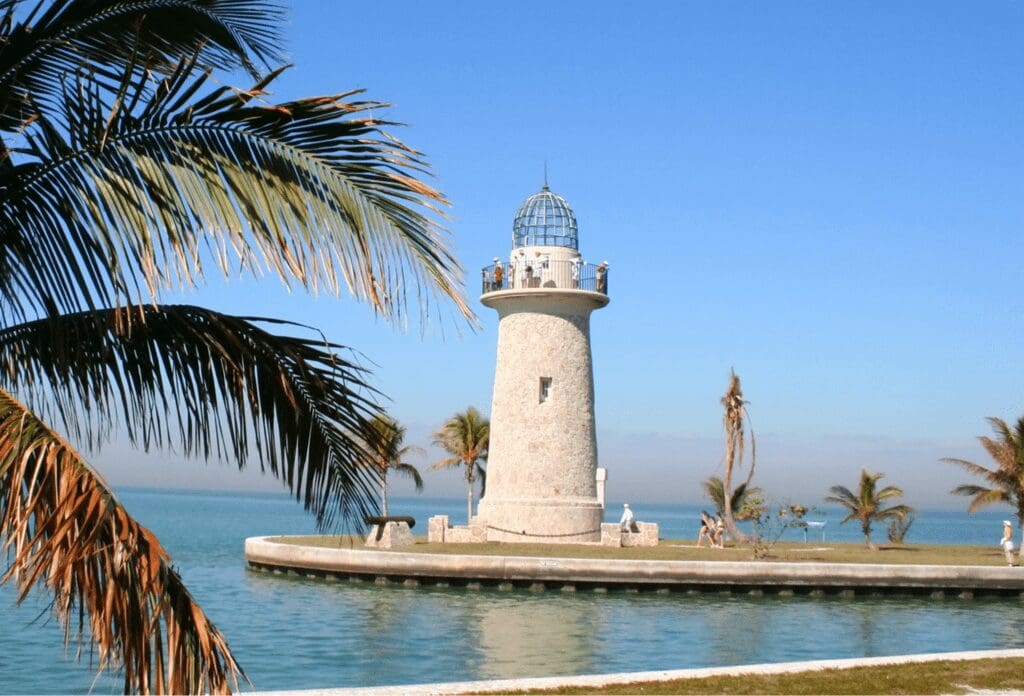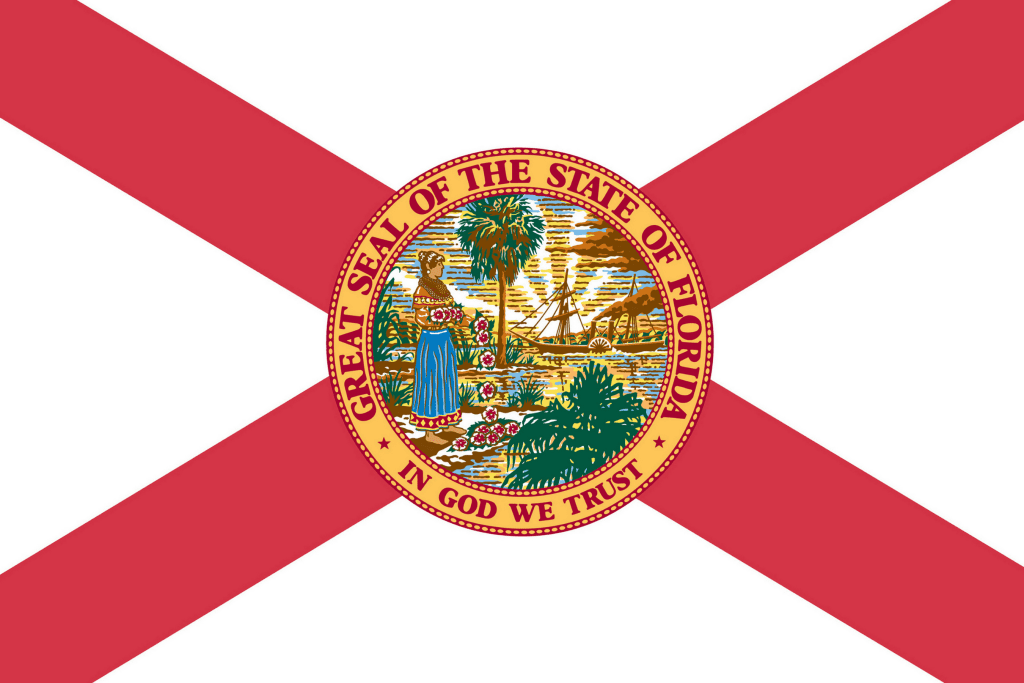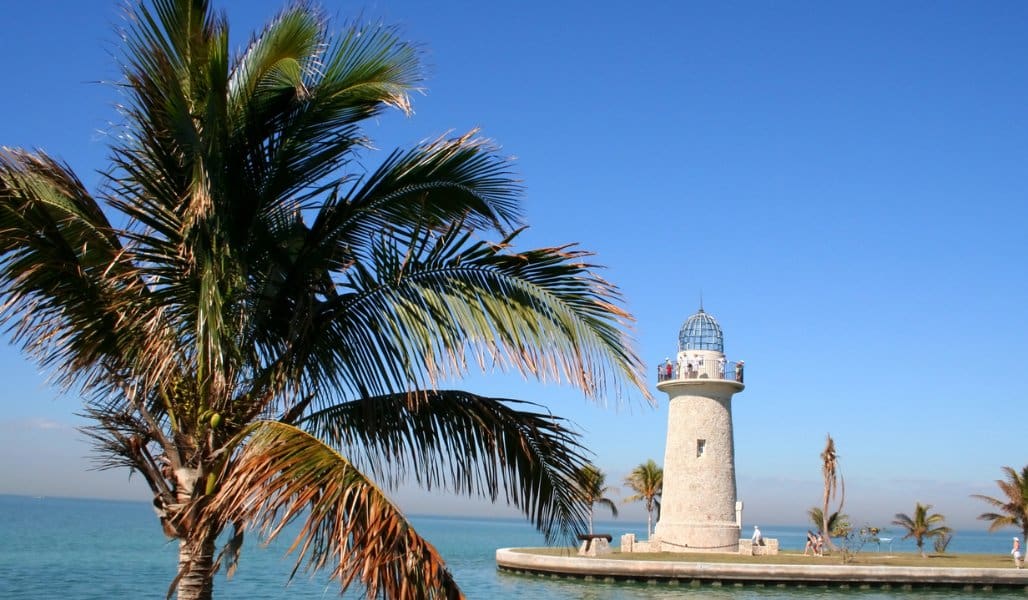
BISCAYNE NATIONAL PARK
Florida
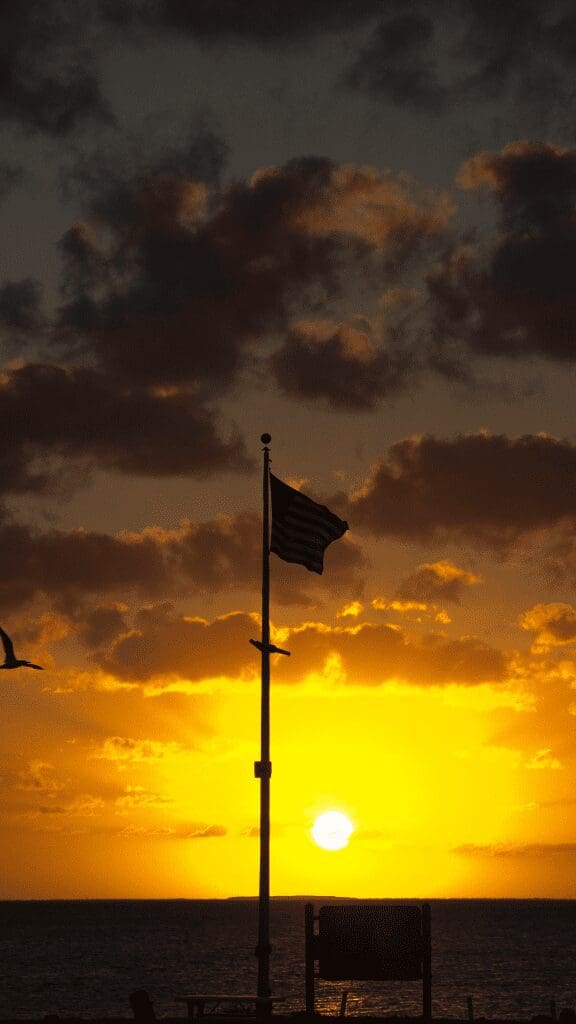
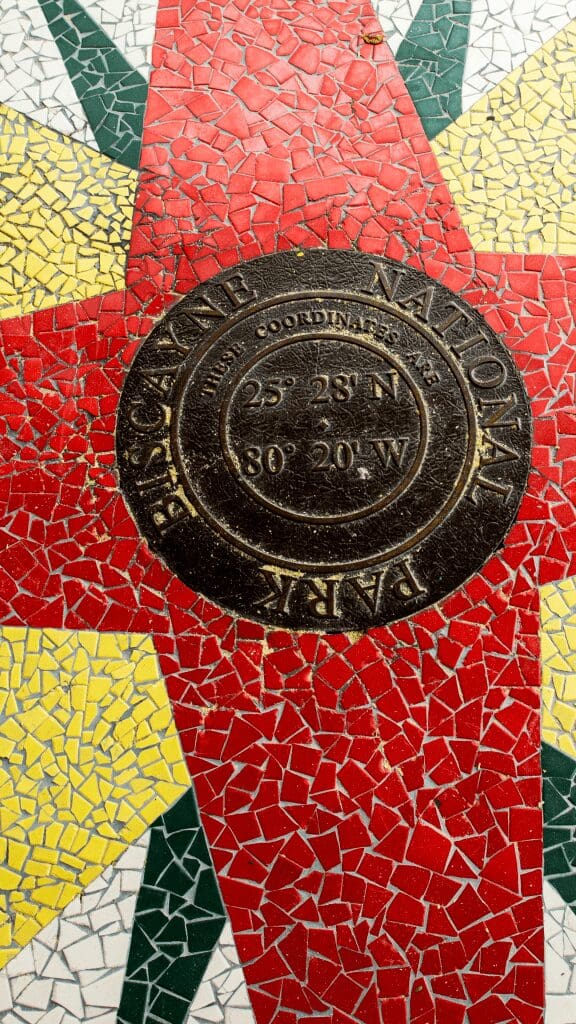
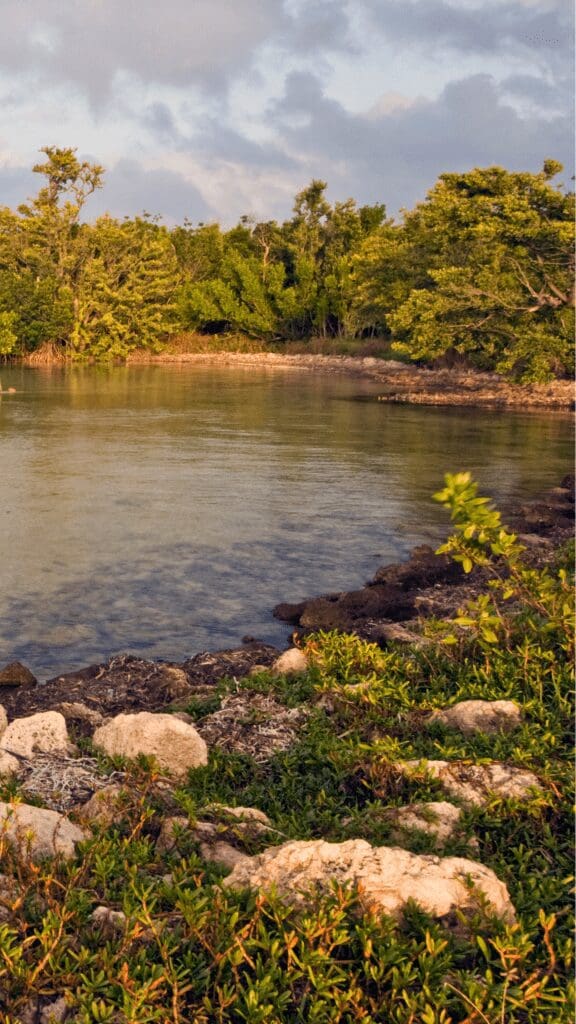
The world is round, and the place which may seem like the end, may also be only the beginning.
Ivy Baker
About the Park
This park is only 30 minutes from Miami but worlds away. This park is nearly all water and is a mix of beautiful coral reefs, emerald islands, and blue waters. If you enjoy snorkeling, diving, and riding in a boat with warm breezes and peaceful surroundings, this may be the National Park for you! We enjoyed spending a day here on our way to the Florida Keys.
Live it up!
Best Things to do in the Park
-
Take a boat to Boca Chita Key to see the lighthouse
-
Go stand up paddle boarding or kayaking in Jones Lagoon
-
Try snorkeling near the Mandalay shipwreck
-
Hire a guide and go fishing
-
Visit Elliott Key, which is the largest island in the park
-
Hike along the Convoy Point Jetty Trail for views of Biscayne Bay
Best Time to Visit Biscayne National Park
We have linked a great website to this button showing the weather for this location by the month. Click below to be taken to Weather-and-Climate.com.
Park Information
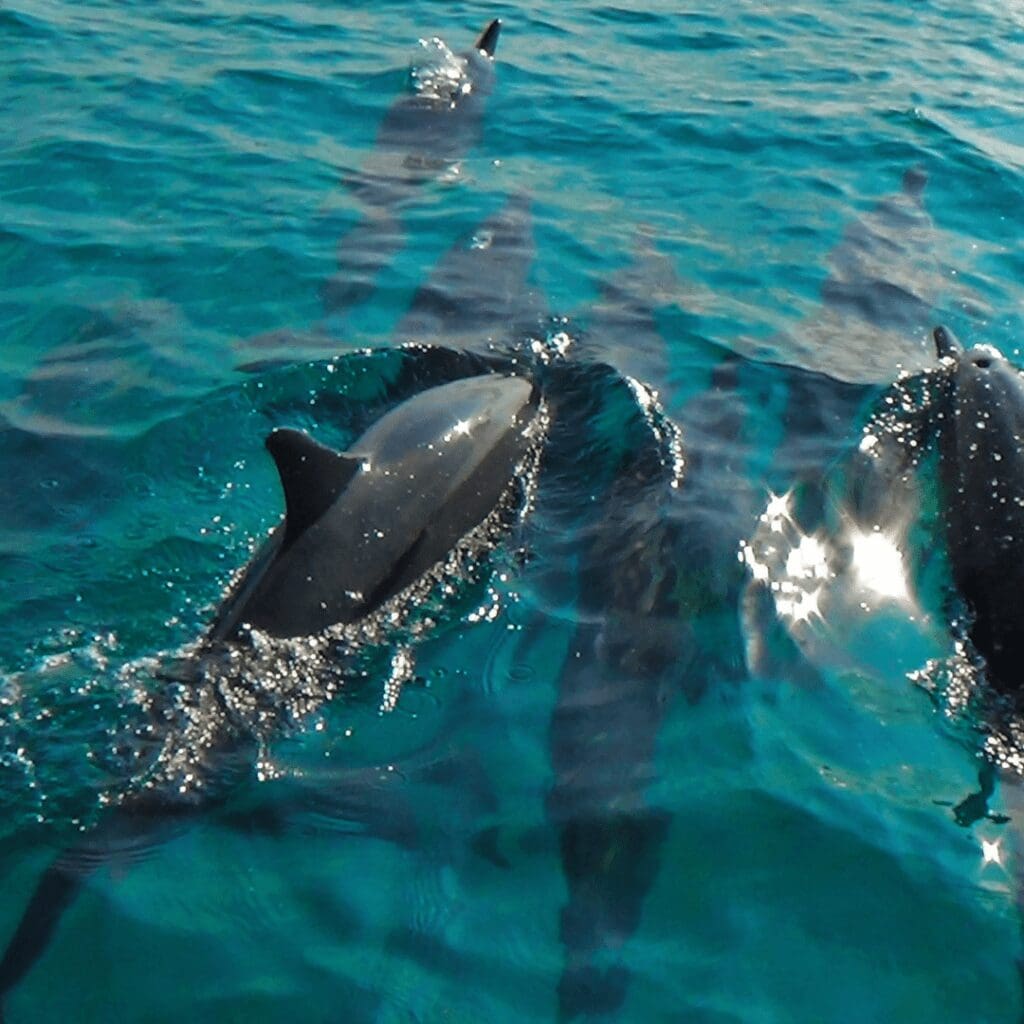
Located between the Florida Keys and Miami, almost 95% of the Biscayne National Park is covered by water. What makes this national park stand out is the fact that it protects islands as well as aquamarine waters and coral reefs. From prehistoric groups of people to shipwrecks, the park shows that humans have inhabited this place for at least 10,000 years.
People visiting the Biscayne National Park are mesmerized by the park’s shoreline mangrove forests, Biscayne Bay, and coral reefs. You will find turtles, pelicans, and dolphins in the Biscayne Bay Lagoon, while the underwater Maritime Heritage Trail is home to various shipwrecks. There are endless outdoor activities in the park, and the major attractions for the visitors include fishing, boating, kayaking, canoeing, wildlife watching, and diving. Visit the park to enjoy its pristine views and the warm breeze usually found all year round.
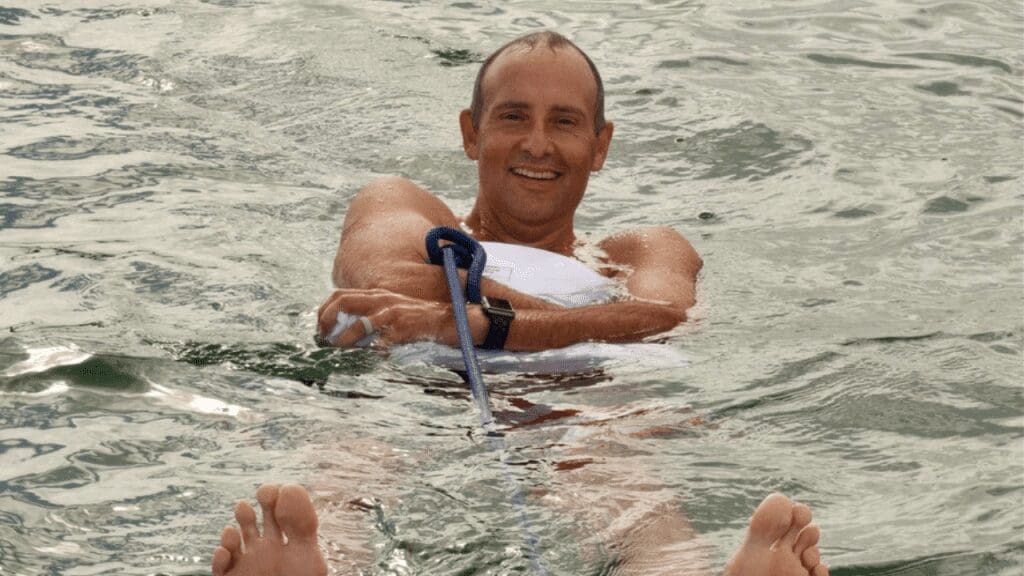
Camping in Biscayne
Biscayne National Park has two campgrounds on Boca Chita Key and Elliott Key. The campgrounds can only be accessed by boats and offer docking and camping.
Elliott Key
The campground on Elliott Key has restrooms with showers, sinks, picnic tables, and grills. Drinking water is also available on the campground, but do bring water with you as a precautionary measure. You can fish from the Elliott Key maintenance dock, but fishing in the harbor is not allowed.
Boca Chita Key
Boca Chita Key is more popular as it has a grassy camping area, beautiful waterfront views, grills, and picnic tables. While the campground has toilets, there are no sinks, showers, or drinking water. Fishing is prohibited in the creek, harbor, and western bulkhead area.
You don’t have to make reservations for camping in Boca Chita Key, as the campgrounds are available on a first-come, first-served basis. However, the Elliot Key group campground requires reservations. Tents are only allowed in the designated areas, and you can only bring leashed pets within developed areas. From 10 pm to 6 am, the campgrounds observe quiet hours where noise must be minimal. During warmer months, expect the campgrounds to have insects. Except for the group campsite on Elliott Key, no ground fires are allowed.
Camping options near the park
A few camping options near the Biscayne National Park offer access to both Biscayne National Park and Everglades National Park. Moreover, you can enjoy the wildlife and beautiful scenery from these grounds. However, the camping grounds lack any tree coverage, and you will need some shelter, especially during the peak day hours when it gets extremely hot. On the plus side, you can sleep under the stars and have a magnificent night sky view!
Best Viewpoints
Most of the park consists of water, which is why it is mostly famous for swimming and snorkeling. You can dive inside the water and explore the park’s ancient history. If you are not a massive fan of getting in the water, there are other activities that you can participate in as well. You can enjoy the water from a boat or stay on land and admire the views from afar!
Jones Lagoon
The Jones Lagoon comprises Porgy Key and Totten Key with shallow water between them. The site is part of the National Register of Historic Places and has pineapples and limes planted here in the 1800s. To get to Jones Lagoon, you must pass through Caesar Creek and Hurricane Creek.
Jones Lagoon is considered the best in Biscayne National Park for kayaking. Not only do you enjoy the views, but you can also have a peaceful experience as the lagoon is located away from motorboat traffic and deeper canals. The entire ride takes around four hours, and you are provided a guide for the journey.
These mangrove swamps are also home to fish and sea turtles.
Maritime Heritage Trail
Biscayne National Park is well known for its reef system, and most visitors come here to look at the underwater world in the park. Moreover, the shallow waters here are home to various shipwrecks, some dating back to the early 1900s and even the late 1800s.
The Maritime Heritage Trail has six such shipwrecks that you can explore by scuba diving or snorkeling. The Mandalay shipwreck sank in the 1960s and is the newest addition to this series of wrecks. As you admire the ship’s sunken hull, you will also come across lots of coral and fish.
Fowey Rocks Lighthouse
Once called the ‘Eye of Miami,’ the Fowey Rocks Lighthouse was built in 1876 and fitted with a solar power light that can be seen from miles away. The two-story structure of the lighthouse is cast iron, and a skeletal tower is built on a screw-pile foundation. The lighthouse is also listed in the National Register of Historic Places and is one of the six skeletal lighthouses constructed on the Florida Reef in the 19th century.
Elliot Key
Elliot Key is the largest island in Biscayne and was once home to pineapple farmers. The people who visit the island usually spend their time enjoying water activities.
In the 1960s, this place’s inhabitants disagreed on the island’s future. While some people were in favor of building a park that protected the reefs and provided a haven away from city life, other people had a more modern vision and wanted to make restaurants here. In an attempt to bring their vision to life, the latter group carved out a wide road, which is now called the Spite Highway. However, the support for the park grew, and a bill was signed in 1968. The island is now home to a hiking trail, picnic tables, camping grounds, and multiple spots for fishing.
Getting to the Park
Miami International Airport is only 35 miles north of Biscayne National Park and provides easy access to the park.
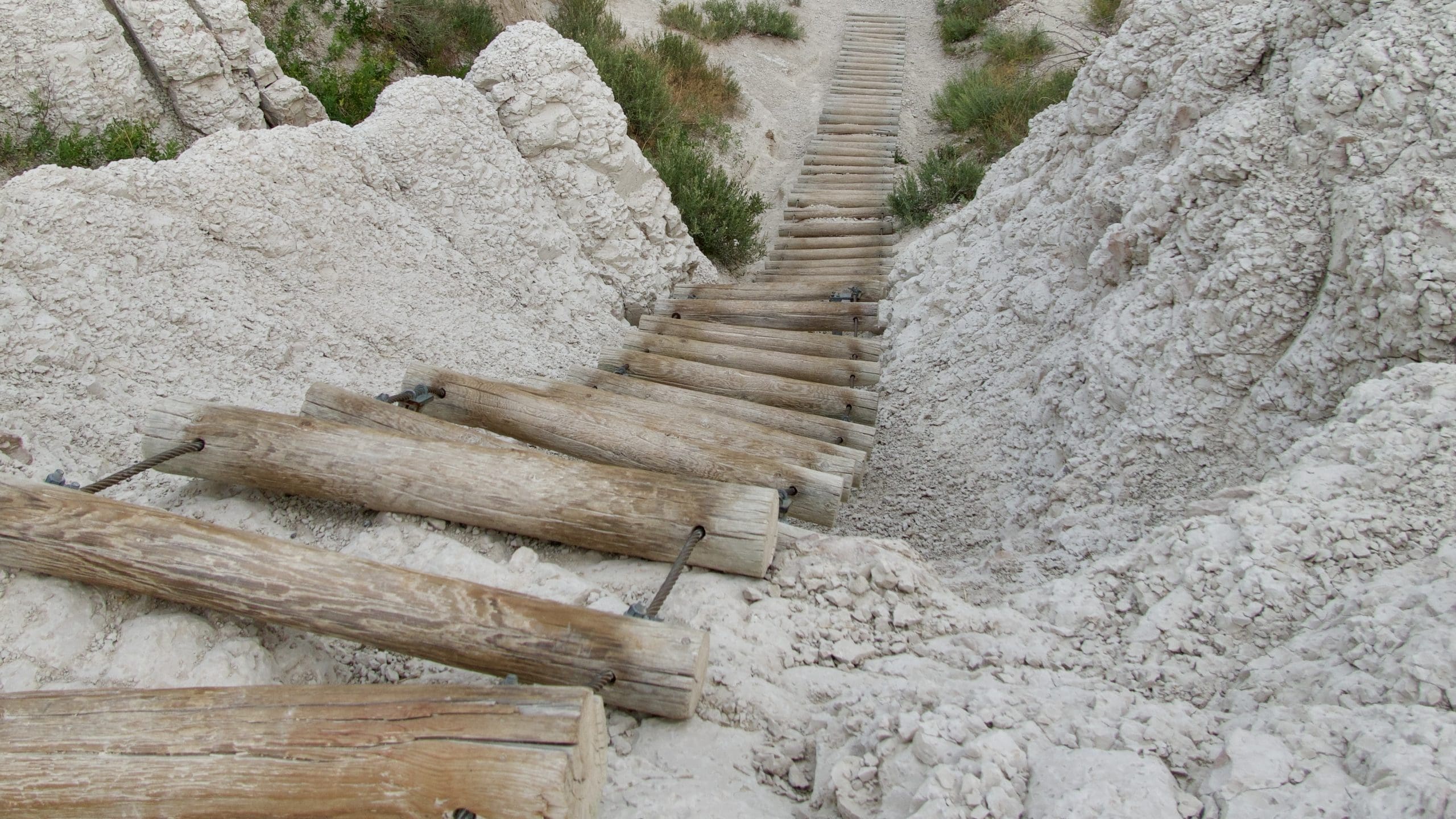
Explore another National Park in the USA
We’ve visited 51 of the 63 parks. Check out our other guides.
